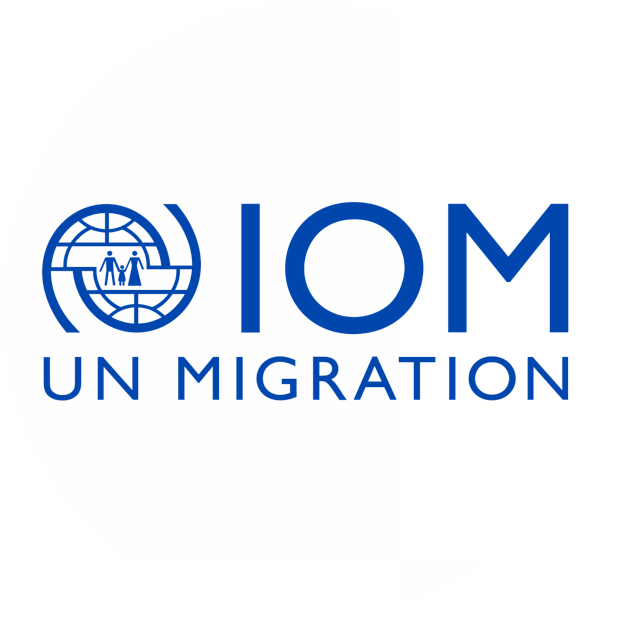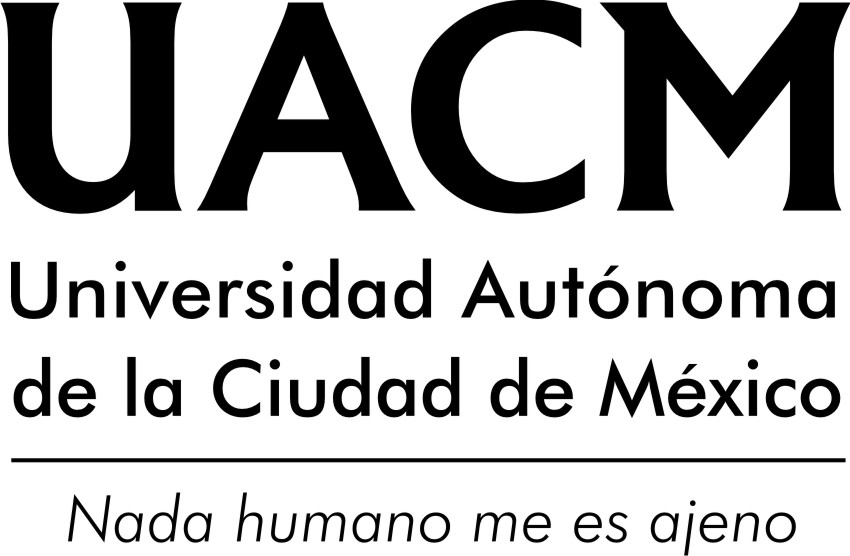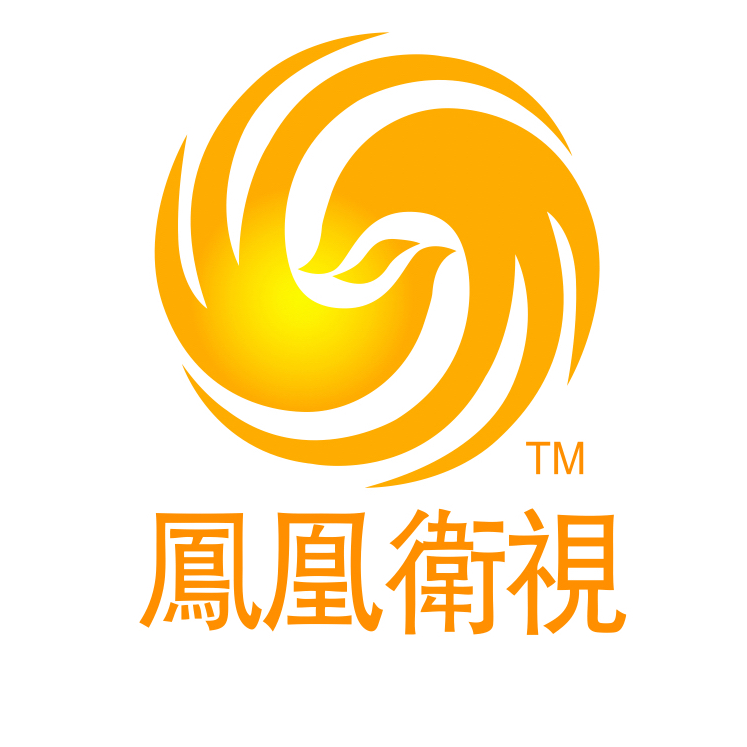United Nations Office for Disaster Risk Reduction (UNDRR)
Description
About
The United Nations Office for Disaster Risk Reduction (UNDRR) serves as the focal point in the United Nations system for the coordination of disaster reduction and to ensure synergies among the disaster reduction activities of the United Nations system and regional organizations and activities in socio-economic and humanitarian fields.
UNDRR was established in 1999 to facilitate the implementation of the International Strategy for Disaster Reduction (ISDR). It was created to be the focal point in the United Nations system for the coordination of disaster risk reduction, and ensures synergies among the relevant activities of United Nations agencies and regional organisations, and related activities in socio-economic and humanitarian fields.
UNDRR’s current mandate was set down in UN General Assembly Resolution 69/283, adopted in June 2015. It is tasked with supporting the implementation, follow-up and review of the Sendai Framework for Disaster Risk Reduction 2015-2030, including by fostering coherence with other international instruments, such as the 2030 Agenda for Sustainable Development and its Sustainable Development Goals, as well as the Paris Agreement on climate change. As such, UNDRR champions and supports the integration of disaster risk management across different areas of work of the United Nations and of its Members States as well as among a broad range of key stakeholders, including the private sector and civil society.
Prior to the adoption of the Sendai Framework in March 2015, UNDRR’s role had been to support the implementation of the Hyogo Framework for Action 2005-2015: Building the Resilience of Nations and Communities to Disasters. UNDRR also organises the Global Platform for Disaster Risk Reduction, a mandate set in UN General Assembly Resolution 61/198.
UNDRR has its headquarters in Geneva (Switzerland) and implements its mandate through five offices in the Asia-Pacific region (Bangkok), Africa (Nairobi), Europe (Brussels), Arab States (Cairo) and Latin America and the Caribbean (Panama). Its Office for Northeast Asia and Global Education and Training Institute is located in Incheon (Republic of Korea). UNDRR also maintains a UN Headquarters liaison office in New York, and presences in Bonn (Germany), Kobe (Japan), Suva (Fiji), Almaty (Kazakhstan) and Rio (Brazil).
Disaster Reduction Goal
To carry out its mandate, UNDRR’s vision is articulated in line with the Sendai Framework, as the "substantial reduction of disaster losses and risk for a sustainable future".
The vision builds on UNDRR’s significant track record of expertise and accomplishments under the Hyogo Framework for Action, from 2005 to 2015. These include the successful establishment and leadership of regional and global coordinating and review mechanisms for disaster risk reduction; ongoing support to countries, intergovernmental processes, and key stakeholders, by providing relevant risk information, decision-making support tools and policy guidance; catalysing multi-stakeholder engagement in disaster risk reduction, including the private sector, parliamentarians and civil society; fostering gender-sensitive disaster risk reduction; and effective global advocacy.
The desired impact and long-term objective of UNDRR’s work is the "prevention of new and reduction of existing disaster risk and strengthening resilience", corresponding with the goal of the Sendai Framework.
SECTOR
Disaster Risk Reduction
Country
Switzerland
SDG
10 - Reduced Inequalities
Organization Type
Multilateral Organization
Similar Organizations




